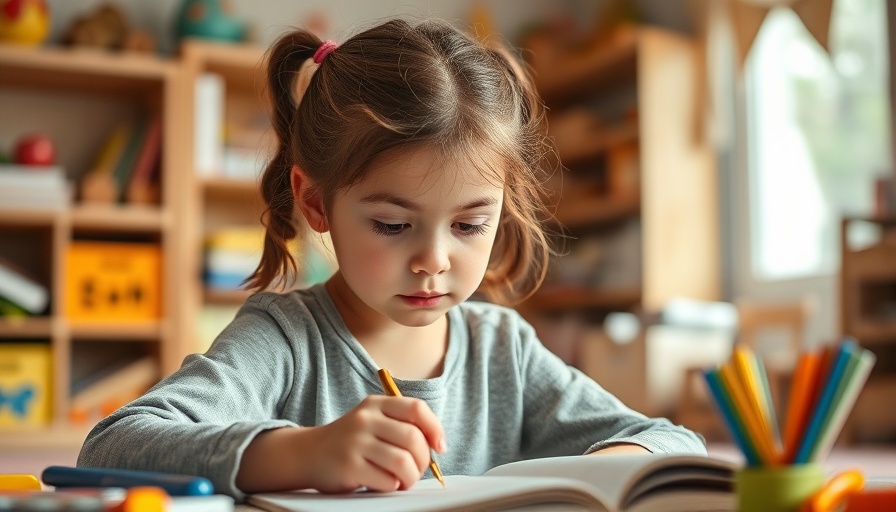
Empowering Mindfulness: Lessons from First Graders
In a world that often feels hurried, where stress seems to be a constant companion, the practice of mindfulness emerges as a beacon of hope, especially when it comes from the most unexpected sources. First graders Elijah and Romir from the Seattle-based nonprofit Space Between are teaching adults something profound through their insights into mindfulness.
Simple Yet Effective Mindfulness Techniques
With the pressures of daily life, introducing mindfulness to children can seem daunting. However, Elijah and Romir simplify the practice through techniques that engage both body and mind. For instance, Romir’s Zig-Zag Breath involves a playful movement of the head while breathing out calmly, showing how mindfulness can be both fun and enriching for emotional well-being. Meanwhile, Elijah's Square Breathing technique not only helps to focus the mind but also calms the nervous system, teaching children and adults alike how to find serenity in the present moment.
Beyond the Basics: The Importance of Mindfulness in Schools
Research demonstrates that mindfulness education in schools can significantly reduce anxiety and enhance emotional regulation among students. According to a comprehensive study by Lurie Children's Hospital, children immersed in mindful practices show higher resilience to stress and improved academic performance. Programs like Space Between not only target students but also invigorate teachers, creating a harmonious community aimed at emotional health.
Engaging Activities for Mindful Living
For adults looking to integrate mindfulness into their families, activities don’t have to be complex. Simple practices can be as effective as sophisticated techniques. For example, creating sensory bags, practicing intentional breathing by drawing loops with fingers, or enjoying a mindful snack can lay a strong foundation for mindfulness principles. Moreover, the five senses exercise highlighted by Lurie Children's teaches children to ground themselves through observation, fostering a deeper emotional connection with their surroundings.
Inspiring Mindfulness by Example
One of the most effective ways to teach mindfulness to children is by demonstrating it yourself. According to a piece in Psychology Today, adults can engage kids in mindfulness practices by cooking together mindfully, discussing feelings openly, or sharing mindful hugs. This modeling not only teaches children about mindfulness, but also strengthens family bonds by encouraging open expression of emotions.
Future Steps: Mindfulness as a Lifelong Journey
The journey of fostering mindfulness does not end with childhood. As adults, continuing these practices can lead to deeper emotional regulation, reduced stress responses, and improved well-being. Children instinctively gravitate toward mindfulness, allowing parents to nurture this innate capability throughout their lives. Cultivating mindfulness as a family can enhance relationships and foster resilience during challenging times.
As we learn from young minds like Elijah and Romir, transforming our approach to wellness through mindfulness offers tools rooted in simplicity, imagination, and connection. By adopting these techniques, you not only support your well-being but also nurture a compassionate household.
Now, as you’ve learned these invaluable insights on the power of mindfulness, consider incorporating these practices into your daily life. Attend a local workshop, explore online resources, or simply spend a quiet moment reflecting with your loved ones. The journey to mindfulness starts with a single breath. So why not take that breath today?
 Add Row
Add Row  Add
Add 



 Add Row
Add Row  Add
Add 

Write A Comment